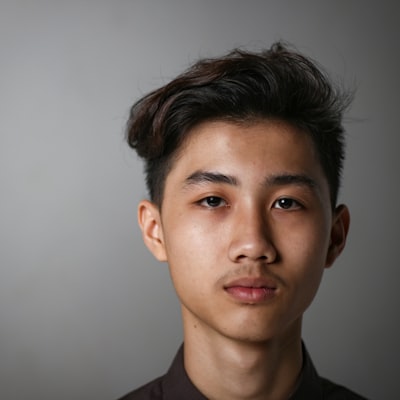Chronic Pain & Requirements Can Be Treated With Craniosacral Therapy

Craniosacral therapy has become increasingly popular over the last decade or so in the United States and elsewhere in the world. However, what's it worth its salt? Craniosacral therapy, sometimes called craniosacral therapy, is a form of chiropractic therapy or alternative medicine that uses gentle, non-invasive touch on the cranium to palpate the sacrum and other cranial joints. It is marketed as a remedy for various health conditions and is based on basic misconceptions about the anatomy of the skull.
Among the biggest problems with cranial osteopathy is that it is not based on any true physical science. There are no tests that reveal that cranial osteopathy can restore mobility to a brain function, and there are no structural tests which show how changing cranial bones affects the overall structure of the mind. This is because there is nothing in the cranium which may be transferred and no amount of manipulation can change that. Thus, osteopaths are left offering hope through spinal manipulation and other"helpers" of the spine.

At the most elementary level, a craniosacral therapy session is intended to manipulate the scalp and the bones of the cranial spine in hopes of restoring health and vitality to the body and to alleviate pain. The purpose is to reduce pain and reduce dysfunction by realigning the communication channels between the brain and the spinal cord. The primary tools of osteopathic treatment are the thumbs, the index finger, the middle and index fingers, and at times the palm of the hand. These tools are used on either side of the spine, and they function to excite the numerous points along the spine.
Some people today believe that craniosacral therapy works on different levels for different people and that it might even have a healing effect on some individuals although the root cause of their chronic pain might not be affected. By way of instance, if somebody has back pain brought on by an injury or nerve damage, the treatment can help loosen the tight muscles at the back. If the cause of the problem is chronic inflammation, the manipulation can go a long way to healing that as well. If the individual's spinal cord is inflamed, however, that kind of treatment can't do much good; the very best that can really be done is to decrease the inflammation and allow the spinal cord to heal naturally.
There are people, however, who experience allergic reactions to a number of the materials used in this kind of procedure. People with a certain type of skin disorder known as seborrheic dermatitis are at a particular risk. Craniosacral therapy isn't effective in treating acne; it is most efficient in helping to reduce acne. This disease is characterized by scaly patches that form across the face and neck. The patches are due to an overproduction of oil from the skin; the sebaceous glands release a lot of oil and clog the pores resulting in the formation of the patches. In acute cases of seborrheic dermatitis, the patches can actually become small cysts and result in permanent scarring.
Acupuncture is just one alternative medicine that is regarded as highly effective in treating acne and other conditions like constipation, diarrhea, headache, and anxiety. It is also thought to help with reducing nausea and pain during recovery from a disease. Craniosacral therapy isn't considered a cure-all, however. While it does provide a range of positive benefits, it is important to not forget that this form of alternative medicine isn't appropriate for all kinds of disease and illness.
In order for the techniques and concepts used in Craniosacral Therapy, to be fully effective, patients must also comply with the instructions laid out by the professionals. In addition to following the guidelines of the professionals, patients must also comply with a natural, balanced diet and exercise program. In order for the method to work, it is also important to eat a healthy diet and take regular exercise. Although the technique doesn't involve medication, pain killers may be recommended to the patient to be able to control the inflammation and pain caused by the disorder.
Research has demonstrated that individuals who have had traditional medical care for their chronic illness or disorder have experienced substantial improvements in their condition when compared to those who have used alternative, holistic techniques of treatment. Alternative medicine has become very popular in the past decade, and recent studies have shown that craniosacral therapy, in addition to acupuncture and massage, can be highly effective in helping to improve the health of those who suffer from chronic conditions or disorders. Studies show positive results for arthritis, migraine headaches, cerebral palsy, and many other chronic diseases. It is thought that by utilizing this type of specialized medical care, the positive effects of alternative medicine can extend into the general population.
